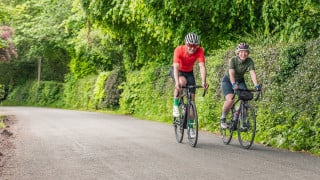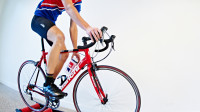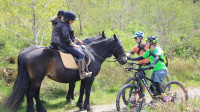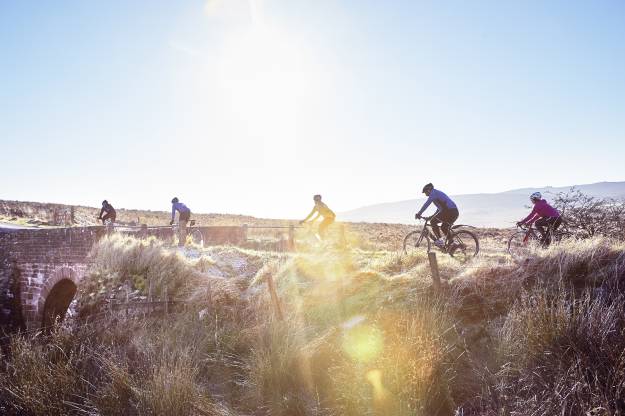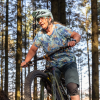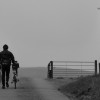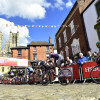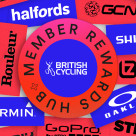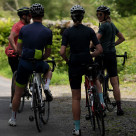Knowledge Level: Intermediate
One of the joys of cycling is that it’s genuinely a sport for all ages. From toddlers on their first balance bikes to club stalwarts riding every Sunday into their seventies and beyond, there’s no reason why it can’t be a lifelong pleasure. However, in order to get the most out of your cycling, it’s essential to take your age into consideration.
20’s
In your 20’s it’s important to realise that you’re not indestructible. It can be tempting to continually hammer yourself and, although you may get away with it, getting into good recovery habits now, such as mobility work and structured training including recovery days and weeks, will help mitigate potential problems in the future.
It’s important to remember that you might still be growing well into your mid-twenties so check your set-up and position on the bike regularly, especially if you start developing any unusual aches or niggles. You’ll also have a high metabolism so ensure you fuel well, get plenty of sleep and don’t burn the candle at both ends too much.
With a high proportion of lean body mass, excellent rebound strength from your tendons and high VO2, your strengths will be short, hard and explosive efforts. However, as this will also apply to your peers, work on your weaknesses, which will be aerobic endurance and your riding economy. Don’t skimp on base endurance rides and longer interval sessions such as 2X20 minutes.
30’s
The bad news is that when you reach your 30’s, your body is starting to decline and losing some of its top end performance. Injuries will take a little longer to heal, muscle soreness will linger and you’ll need to schedule in more recovery after tough training sessions. However, the good news is that, despite the above, many cyclists record their best results in their 30’s. You may lose a bit of top end speed but this will be balanced out by gains in endurance and economy.
Sports health maturity is critical during this decade to understand your body and take note of the physical and mental feedback it gives, when to back off and and when to keep training. Never be afraid to back off and rest, however long it takes. Often a few days off the bike can turn a jaded training adverse cyclist back into a riding hungry machine. Keep your cycling as fun and stress free as possible as other commitments, such as career and family, can be more apparent. Don’t forget that these non-cycling factors in your life take up time and add fatigue and training stress. They have to be accounted for when planning your training. Training smart and avoiding junk miles is key. If you don’t already, start using a heart rate monitor or power meter to optimise your training.
Put in some hard interval work, such as Ramped Intervals, to slow your decline in speed and you can still expect to set some PB’s.
Young Riders
Cycling in your 40’s
Cycling in your 50’s, 60’s and beyond

